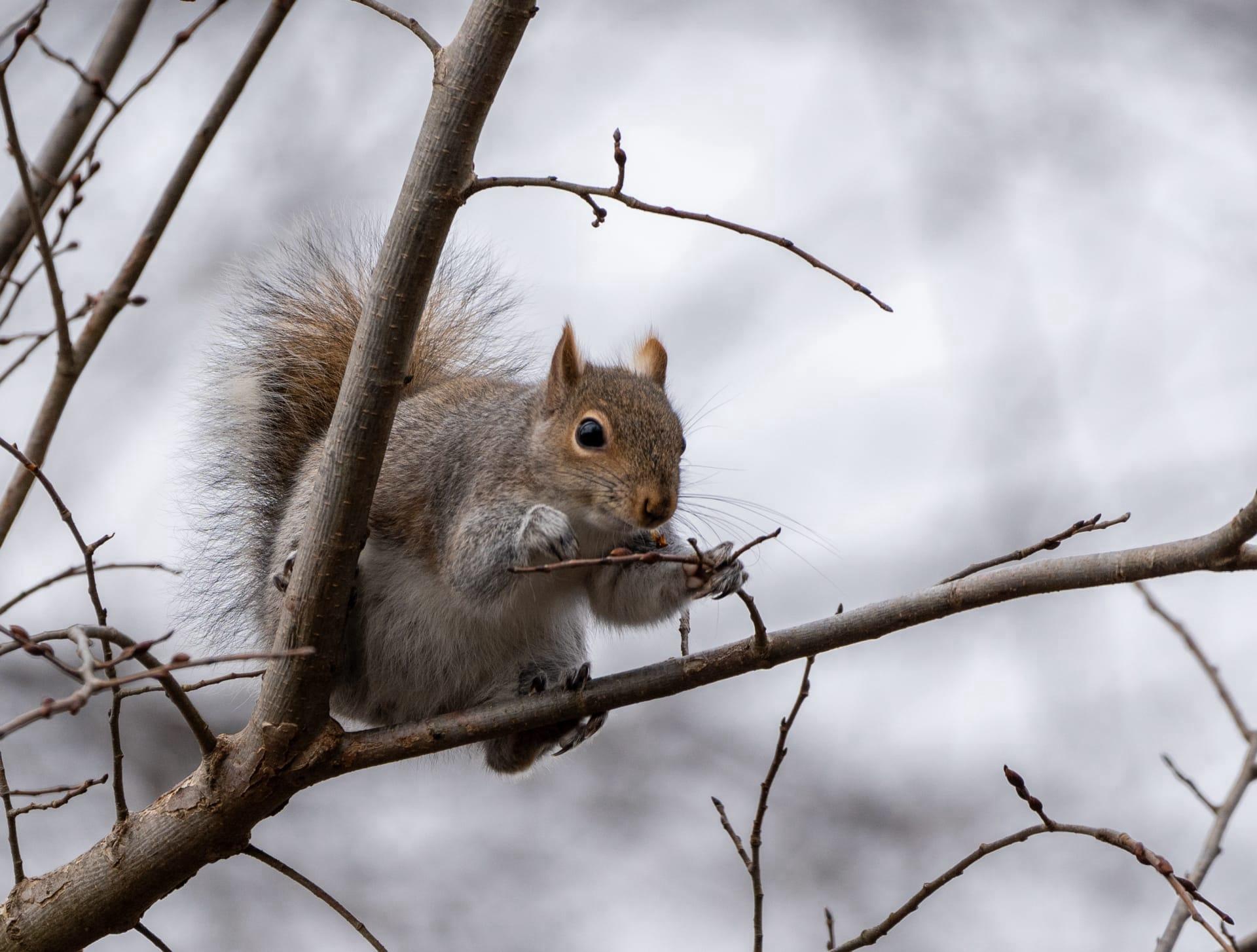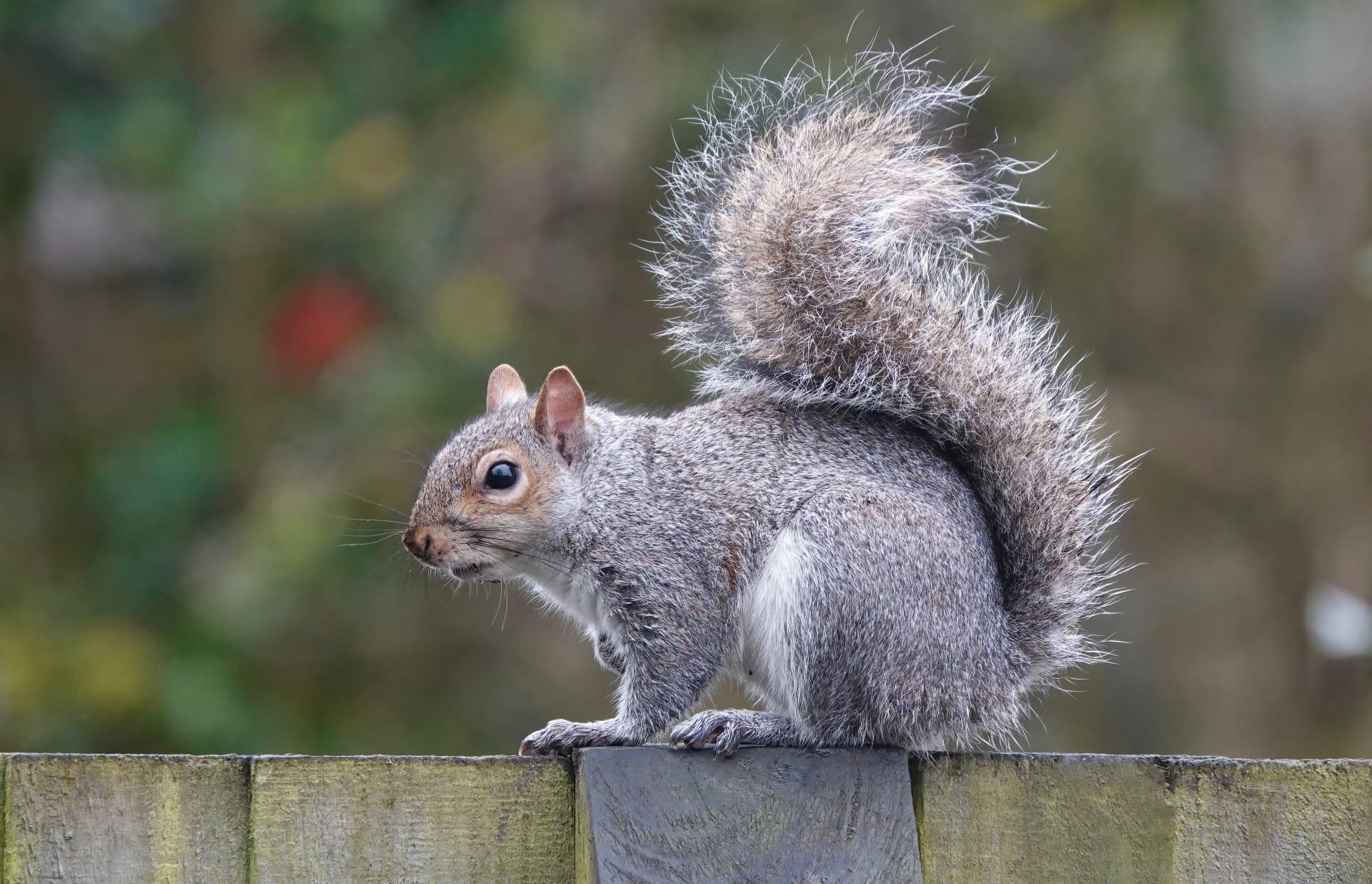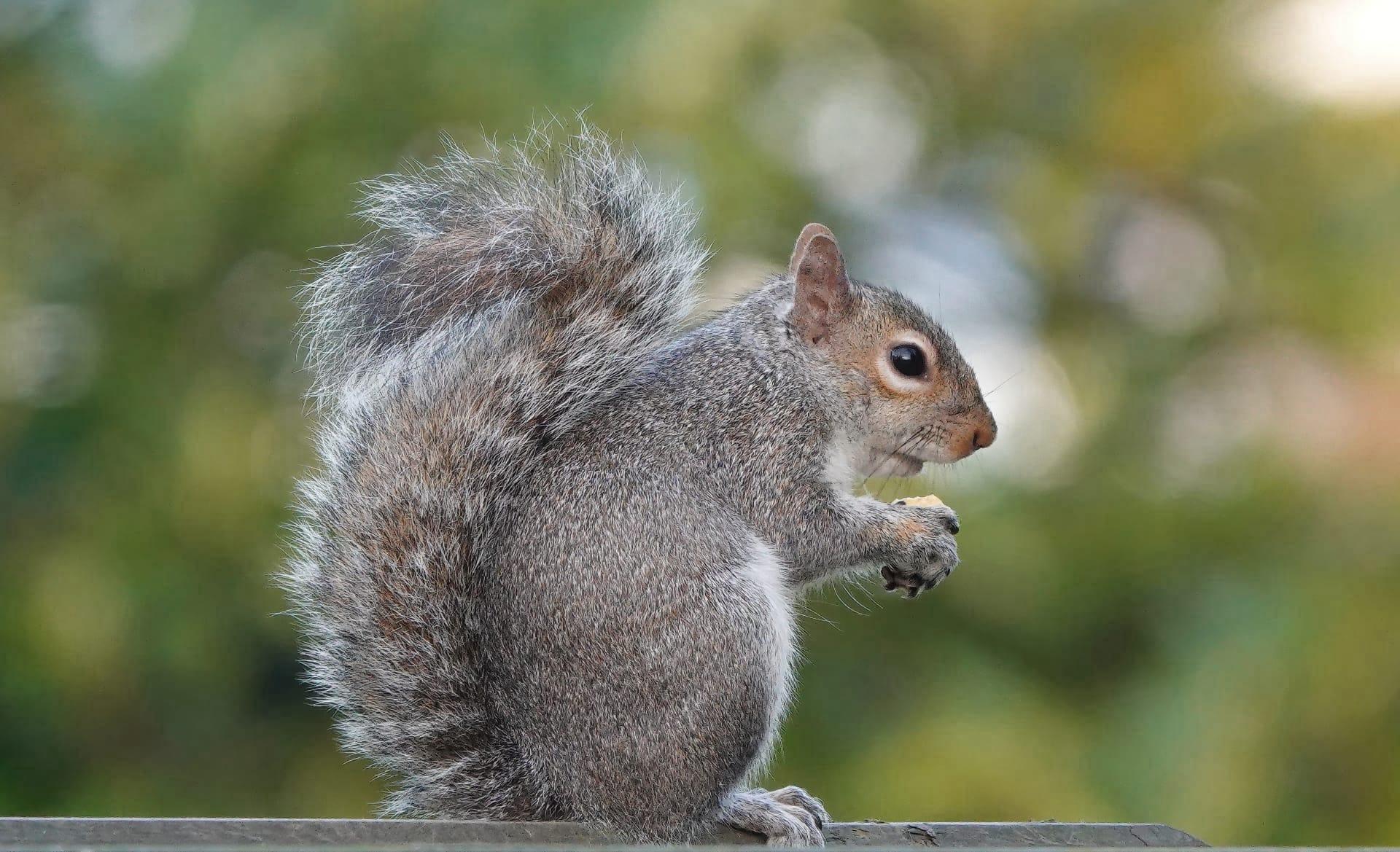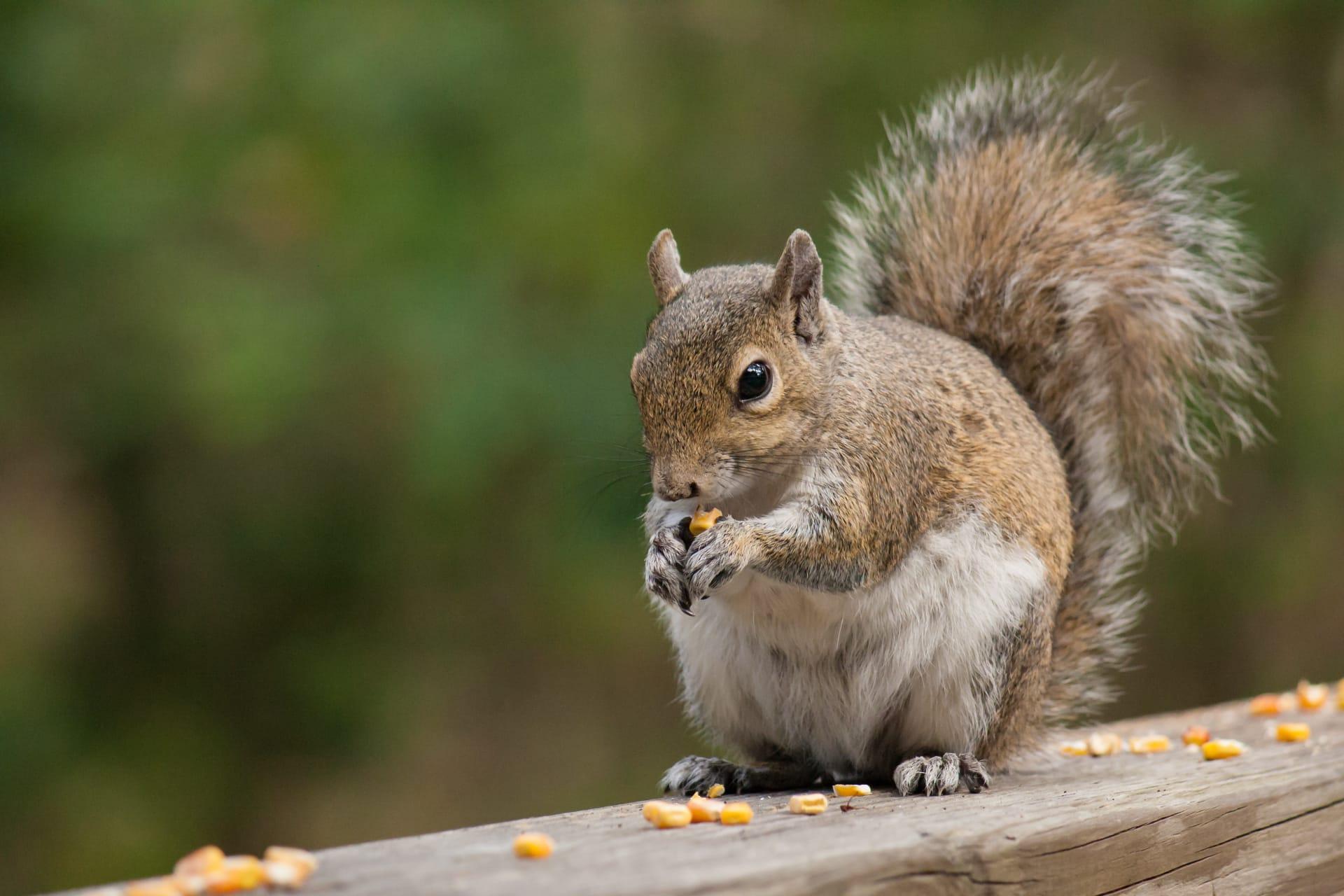1
Did you know that squirrels can fall from heights of up to 30 meters without injury? This incredible feat is possible due to their lightweight bodies and the fluffy tails that act as parachutes. Upon landing, their padded feet cushion the impact, allowing them to survive falls that would be fatal to many other creatures. Their survival skills are further enhanced by an ability to twist their ankles 180 degrees, enabling them to descend trees headfirst.
Another remarkable fact about squirrels is their memory for food locations. They are scatter-hoarders, meaning they store their food in numerous places. Research shows they can remember the locations of thousands of food caches. They use spatial memory and landmarks to retrieve these hidden snacks throughout the year, especially during scarce winter months. Their exceptional memory is crucial for their survival in varied environments.

2
Squirrels have a unique way of communicating. They use a combination of vocalizations, tail flicking, and body postures to convey messages. A common vocalization is a high-pitched alarm call, which alerts other squirrels to potential danger. The flicking of their bushy tails is also a crucial part of their communication, often used to indicate aggression or to warn others of predators nearby.
These furry creatures also play a vital role in forest regeneration. As forgetful planters, they bury nuts and seeds, which they sometimes fail to retrieve. These forgotten caches often sprout into new trees, aiding in forest growth. This inadvertent act of gardening makes squirrels essential in maintaining healthy ecosystems. Their activities promote biodiversity and contribute to the spread of various plant species.

3
Squirrels have four front teeth that never stop growing. These incisors grow at a rate of about six inches per year. To keep them from getting too long, squirrels constantly gnaw on various materials, including wood and even some soft metals. This constant gnawing is not just a pastime; it's essential for maintaining the right length and sharpness of their teeth, which are vital for cracking nuts and defending themselves.
Another fascinating aspect of squirrels is their heat-sensing vision. Squirrels, like some other rodents, have a specialized infrared vision that helps them detect heat signatures. This ability allows them to sense the presence of predators, even in low light conditions. It also aids them in navigating their environment and locating warm, safe places to rest or hide, which is particularly useful during colder seasons.

4
Squirrels have a very diverse diet that includes more than just nuts. They are omnivores and consume a variety of foods such as fruits, seeds, fungi, and even small insects. In urban areas, they're known to eat human leftovers, showcasing their adaptable diet. This diverse dietary habit helps them survive in different environments, from dense forests to urban parks.
Interestingly, squirrels can also be quite deceptive. They're known to perform fake burials to deceive onlookers, such as birds or other squirrels, into thinking they've hidden their food in a particular spot. This tactic involves digging a hole and mimicking the act of placing the nut inside, then covering it up, all while keeping the nut securely in their mouth. This clever trick helps protect their food sources from potential thieves.

5
Squirrels are not just land dwellers; some species are adept swimmers. They use an unusual dog-paddle style and can swim long distances if needed. Their swimming ability is particularly useful when escaping predators or searching for food across small bodies of water. Their light body structure and air trapped in their fur help them stay afloat and navigate through water.
Squirrels play a significant role in seed dispersal. They have a habit of burying more seeds than they consume, which leads to new plant growth. This behavior is especially beneficial for oak trees, as acorns form a large part of their diet. The squirrels' forgetfulness and the act of burying seeds in multiple locations contribute to the spread of these trees, showcasing a unique symbiotic relationship between the animal and its habitat.